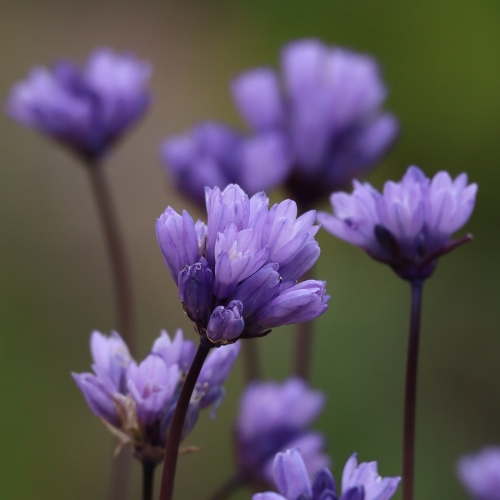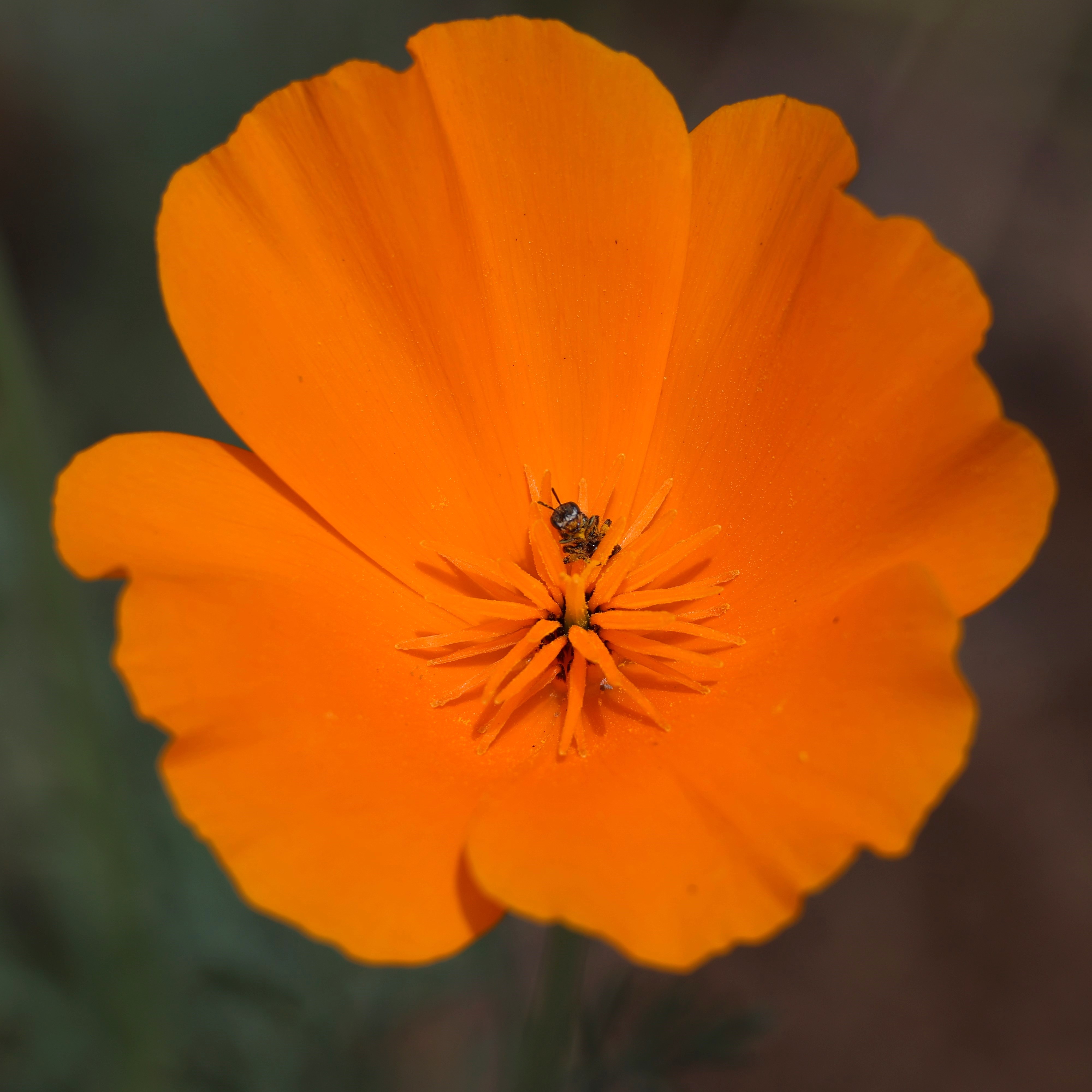Urban/Suburban Pollinators in Southern California
Pollinator friendly plantings for bees and hummingbirds! When selecting plants for your gardens in southern California, you will want to include species that bloom at different times of year. This way, your local pollinators always have some nectar for that much needed flight fuel. Ever wonder why hummingbirds prefer red flowers? Bees cannot see red, and thus hummingbirds often dominate red blossoms. Some popular hummingbird plants include hummingbird sage, chuperosa, bright flowered aloes, and a diversity of sages and penstemons. Bees and buttterflies will also visit your sages and penstemons. Mallows such as desert mallow and chapparal mallow will also attract a diversity of pollinators to your garden.
Find the best native plants for butterflies and moths with The Butterfly Net: The insect order Lepidoptera--which includes butterflies, moths, and skippers--is one of the most diverse groups of insects, with over 14,000 species in North America. Throughout their life cycle, Lepidopterans provide critical ecosystem services. As larvae, caterpillars are a primary food source for native birds; and as adults, butterflies and moths help pollinate wild and agricultural plants. To complete this fascinating life cycle, butterflies and moths depend on both host plants (for caterpillars) and nectar plants (for adults). And they are picky eaters! Like the monarch butterfly needs milkweed plants, most of the thousands of butterfly and moth species in California require very specific native plant species in order to thrive. That means we need to be picky in choosing which plants to provide them. Recent PhD graduate, Dr. Chris Cosma (now at the Conservation Biology Institute), has developed a web application, The Butterfly Net, that helps anyone in California select the best native host and nectar plants to support butterflies and moths at their location. Check out the tool here: Butterfly Net.


